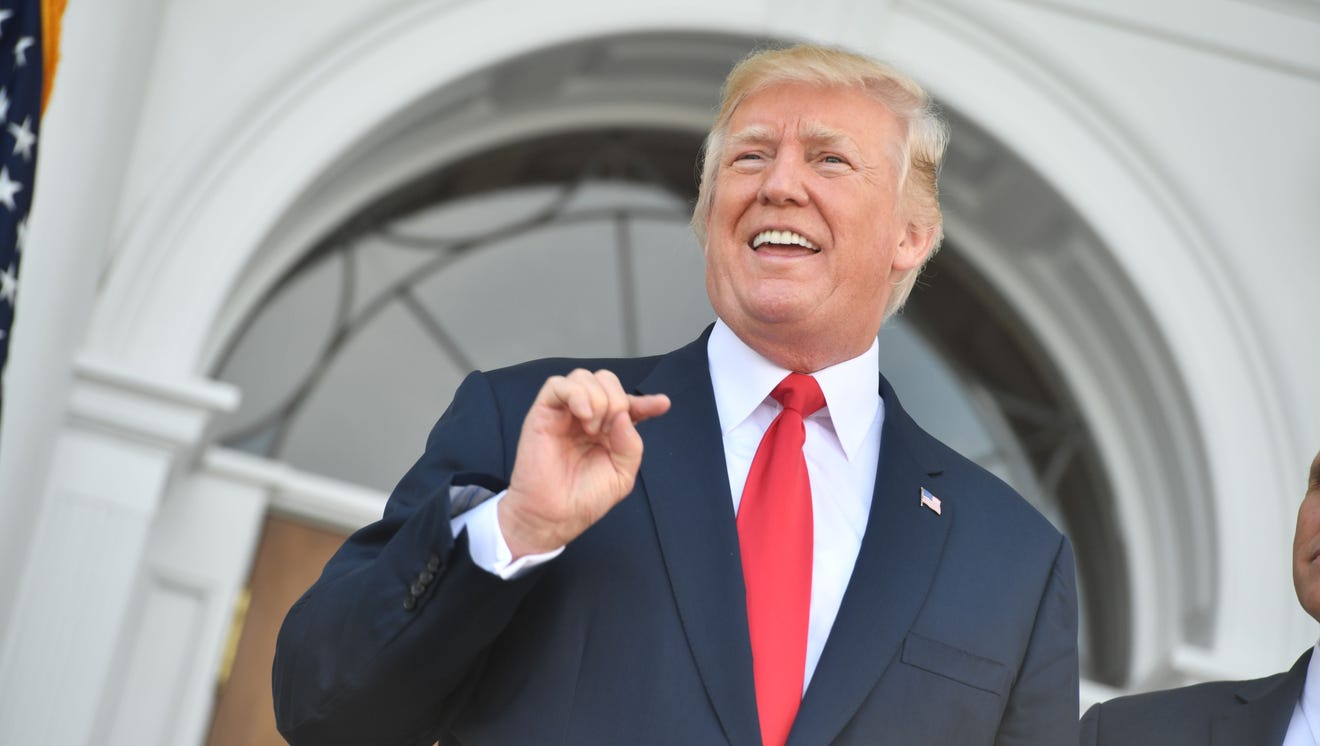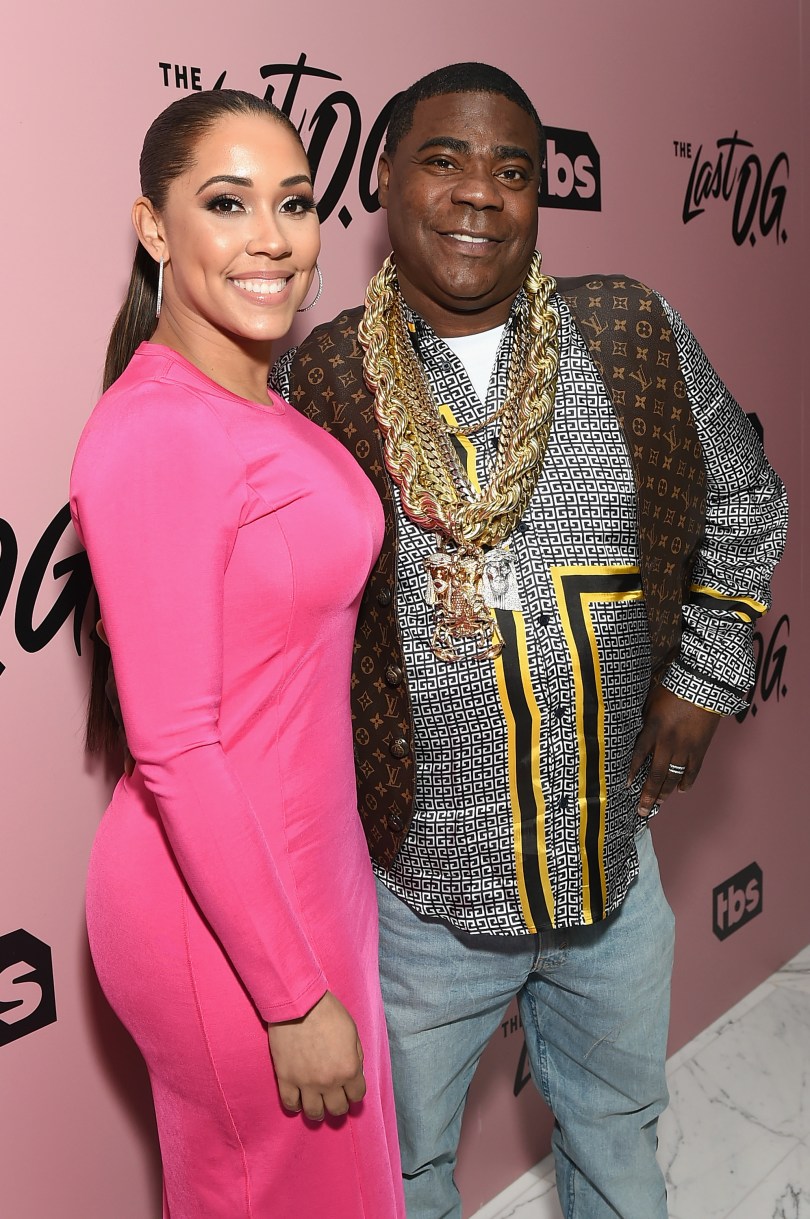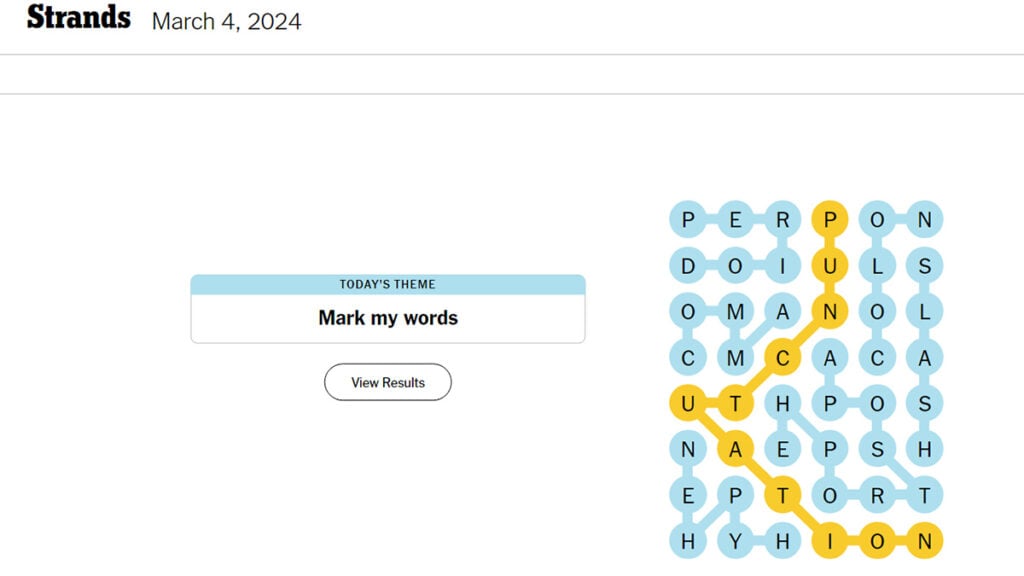Trump's Transgender Military Ban: Deciphering The Double-Speak

Table of Contents
The Initial Announcement and its Justification
The initial announcement of the ban, delivered via a series of tweets and later formalized in official memos, cited several justifications. The administration framed the ban as a necessary measure to maintain military readiness and unit cohesion. However, the stated reasons were widely contested and lacked substantial evidence.
-
Cost Concerns: The administration claimed that the medical costs associated with transgender service members' healthcare, particularly gender confirmation surgeries, placed an undue burden on the military budget. This argument, however, failed to account for the relatively low percentage of transgender individuals in the military and the existing healthcare systems already in place.
-
Military Readiness: The ban was justified on the grounds that transgender service members would negatively impact military readiness. This argument lacked concrete evidence and was widely criticized as discriminatory and unfounded. Claims of disruption to unit cohesion and operational effectiveness were unsubstantiated.
-
Medical Costs and Healthcare Implications: The administration emphasized the supposed high cost of providing gender-affirming care. However, critics argued that this cost was significantly overstated and that denying care would ultimately be more expensive in the long run due to potential mental health issues and reduced productivity.
-
Unit Cohesion and Morale: The administration argued that the presence of transgender individuals would negatively impact unit cohesion and morale. This claim relied on unsubstantiated stereotypes and ignored the contributions and positive impact of diverse individuals within the military.
The Legal Battles and Challenges
The ban faced immediate and widespread legal challenges. Numerous lawsuits were filed by LGBTQ+ rights organizations, individual service members, and other concerned parties.
-
LGBTQ+ Rights Organizations: Groups like the American Civil Liberties Union (ACLU) and Lambda Legal played a significant role in challenging the ban, arguing that it violated constitutional principles of equal protection and due process.
-
Individual Service Members: Several transgender service members bravely came forward to share their experiences and fight for their right to serve openly. Their personal stories became powerful testimonies against the discriminatory nature of the ban.
-
Arguments Against Discrimination: Legal challenges highlighted the discriminatory nature of the ban, arguing that it targeted a specific group based on gender identity, violating established anti-discrimination laws.
-
Key Legal Precedents: Court decisions ultimately struck down the ban, recognizing its unconstitutional nature and affirming the right of transgender individuals to serve openly in the military. These decisions set important legal precedents for LGBTQ+ rights and employment discrimination cases.
The Impact on Transgender Service Members
The Trump administration's transgender military ban had a devastating impact on transgender service members and those hoping to enlist.
-
Emotional Toll and Psychological Effects: The ban created a climate of fear, uncertainty, and discrimination, resulting in significant emotional distress and psychological harm for many affected individuals. Forced discharge led to job loss and disruption of lives.
-
Loss of Career Opportunities and Benefits: Transgender service members faced the loss of their careers, hard-earned benefits, and security. The ban unjustly penalized individuals who had dedicated themselves to serving their country.
-
Increased Vulnerability to Discrimination and Harassment: The ban emboldened those already inclined to discriminate against transgender individuals, leading to an increase in harassment and hostile environments within the military.
-
Challenges in Accessing Healthcare and Medical Transition: The ban created significant barriers to accessing necessary healthcare and gender-affirming care, negatively impacting the well-being of transgender service members.
The Broader Context of LGBTQ+ Rights in the Military
The ban on transgender service members must be understood within the broader context of LGBTQ+ inclusion (or exclusion) in the military.
-
Don't Ask, Don't Tell (DADT): The repeal of DADT in 2010 represented a significant step forward in LGBTQ+ inclusion. The Trump administration's ban represented a stark reversal of this progress.
-
Progress Towards LGBTQ+ Equality: Prior to the ban, significant progress had been made towards greater inclusion of LGBTQ+ individuals in the military. The ban significantly undermined these achievements.
-
Setbacks Caused by the Ban: The ban not only directly harmed transgender individuals but also created a chilling effect, hindering further progress towards full LGBTQ+ equality within the military.
The Double-Speak and Contradictions
The Trump administration's statements surrounding the transgender military ban were riddled with inconsistencies and contradictions.
-
Contradicting Justifications: The administration offered different justifications for the ban at different times, often contradicting earlier statements with no clear explanation.
-
Disconnect Between Stated Goals and Actual Outcomes: The stated goals of improving military readiness and reducing costs were never achieved; instead, the ban created considerable disruption and additional expenses in legal battles and lost personnel.
-
Inflammatory Language and Appeals to Fear: The messaging around the ban often employed inflammatory language and appeals to fear, deliberately stirring up public opposition against transgender individuals.
-
Political Aims: Critics argued that the ban served primarily as a political maneuver, appealing to a specific segment of the electorate rather than addressing genuine concerns about military readiness.
Conclusion
Trump's Transgender Military Ban remains a controversial and complex issue. The ban's justifications were largely unsubstantiated, and the legal battles that ensued ultimately affirmed the rights of transgender individuals to serve openly. The policy's impact on transgender service members was significant, causing emotional distress, career disruption, and increased vulnerability to discrimination. Understanding the intricacies of "Trump's Transgender Military Ban" requires a critical examination of its justifications and consequences. Continued discussion and advocacy are crucial to ensure the fair and equitable treatment of transgender individuals within the military and society at large. Further research into the legal battles and the experiences of affected individuals will contribute to a more comprehensive understanding of this complex issue.

Featured Posts
-
 Jesse Watters Branded A Hypocrite Following Wifes Infidelity Joke
May 10, 2025
Jesse Watters Branded A Hypocrite Following Wifes Infidelity Joke
May 10, 2025 -
 2025 A Banner Year For Stephen King Thanks To The Monkey
May 10, 2025
2025 A Banner Year For Stephen King Thanks To The Monkey
May 10, 2025 -
 Nyt Strands Complete Guide To Answers For Game 376 March 14
May 10, 2025
Nyt Strands Complete Guide To Answers For Game 376 March 14
May 10, 2025 -
 Antipremiya Zolotaya Malina Kto Poluchil Nagrady Za Khudshie Filmy Vklyuchaya Dakotu Dzhonson
May 10, 2025
Antipremiya Zolotaya Malina Kto Poluchil Nagrady Za Khudshie Filmy Vklyuchaya Dakotu Dzhonson
May 10, 2025 -
 Beautiful Castle Near Manchester The New Home For A Major Music Festival With Olly Murs
May 10, 2025
Beautiful Castle Near Manchester The New Home For A Major Music Festival With Olly Murs
May 10, 2025
